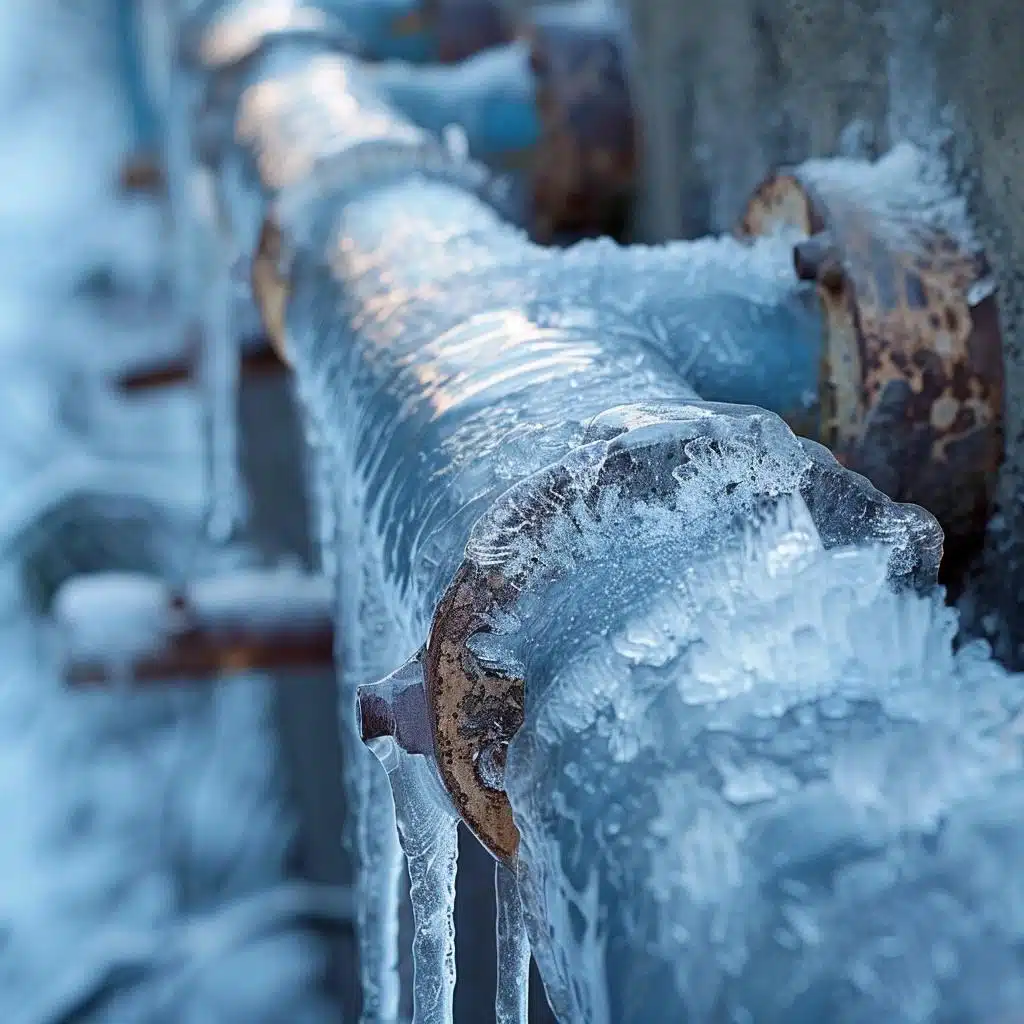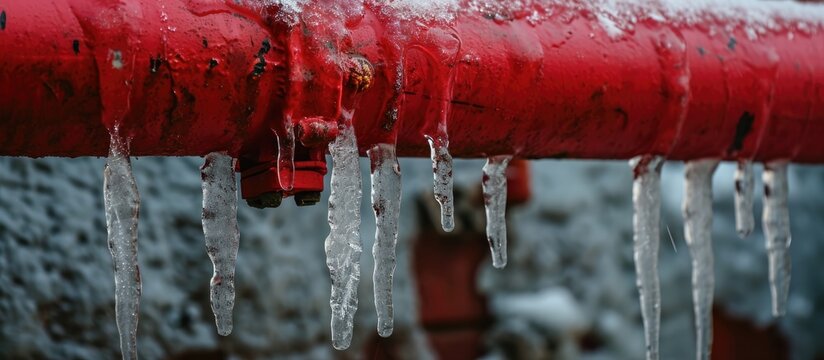Protecting Against Frozen Plumbing in Winter: Critical Tips
Protecting Against Frozen Plumbing in Winter: Critical Tips
Blog Article
We've discovered the article pertaining to Helpful Tips to Prevent Frozen Pipes this Winter listed below on the net and decided it made perfect sense to quickly share it with you on this site.

Winter can ruin your plumbing, particularly by freezing pipelines. Here's how to avoid it from happening and what to do if it does.
Introduction
As temperature levels decrease, the danger of frozen pipelines increases, possibly bring about costly repairs and water damages. Comprehending how to stop frozen pipes is important for home owners in cold climates.
Understanding Frozen Pipelines
What causes pipelines to ice up?
Pipelines freeze when exposed to temperature levels listed below 32 ° F (0 ° C) for prolonged durations. As water inside the pipelines ices up, it expands, taxing the pipe wall surfaces and possibly triggering them to break.
Dangers and problems
Frozen pipes can lead to water system disruptions, residential or commercial property damage, and expensive fixings. Ruptured pipes can flood homes and cause substantial architectural damage.
Signs of Frozen Water Lines
Determining icy pipelines early can avoid them from breaking.
Exactly how to recognize icy pipelines
Search for lowered water flow from taps, uncommon odors or noises from pipes, and noticeable frost on exposed pipes.
Prevention Tips
Shielding prone pipes
Wrap pipelines in insulation sleeves or make use of warm tape to protect them from freezing temperature levels. Concentrate on pipes in unheated or external locations of the home.
Home heating methods
Maintain indoor areas effectively heated, especially areas with plumbing. Open up cabinet doors to permit cozy air to flow around pipelines under sinks.
Shielding Outside Pipes
Yard pipes and exterior faucets
Disconnect and drain pipes yard pipes before winter. Mount frost-proof spigots or cover outside taps with insulated caps.
What to Do If Your Pipes Freeze
Immediate activities to take
If you believe icy pipelines, maintain taps open to soothe pressure as the ice thaws. Use a hairdryer or towels soaked in hot water to thaw pipes gradually.
Long-Term Solutions
Architectural modifications
Consider rerouting pipelines away from exterior walls or unheated areas. Add additional insulation to attic rooms, cellars, and crawl spaces.
Updating insulation
Purchase top quality insulation for pipelines, attics, and wall surfaces. Appropriate insulation assists keep constant temperature levels and decreases the risk of frozen pipes.
Conclusion
Preventing icy pipes needs positive actions and quick feedbacks. By comprehending the reasons, indications, and safety nets, homeowners can secure their plumbing during winter.
6 Proven Ways to Prevent Frozen Pipes and Protect Your Home
Disconnect and Drain Garden Hoses
Before winter arrives, start by disconnecting your garden hoses and draining any remaining water. Close the shut-off valves that supply outdoor hose bibs and leave the outdoor faucet open to allow any residual water to drain. For extra protection, consider using faucet covers throughout the colder months. It’s also important to drain water from any sprinkler supply lines following the manufacturer’s directions.
Insulate Exposed Pipes
Insulating your pipes is an effective way to prevent freezing. Pipe insulation is readily available at home improvement stores and is relatively inexpensive. Pay close attention to pipes in unheated areas such as the attic, basement, crawl spaces, or garage. Apply foam insulation generously to create a buffer against the cold. You can also wrap your pipes in heat tape or thermostat-controlled heat cables for added warmth.
Seal Air Leaks
Inspect your home for any cracks or openings that could let in cold air. Seal any holes around the piping in interior or exterior walls, as well as the sill plates where your home rests on its foundation. Additionally, make sure to keep your garage door closed unless you’re entering or exiting. Leaving it open creates a significant air leak that can lead to frozen pipes.
Allow Warm Air Circulation
During cold snaps, it’s essential to allow warm air to circulate evenly throughout your home. Leave interior doors ajar to promote better airflow. Open kitchen and bathroom cabinets to help distribute heat consistently around the rooms. If you have small children or pets, be sure to remove any household chemicals or potentially harmful cleaners from open cabinets for safety.
Let Faucets Drip
A small trickle of water can make a big difference in preventing ice formation inside your pipes. When temperatures drop significantly, start a drip of water from all faucets served by exposed pipes. This continuous flow helps prevent the water from freezing. Additionally, running a few faucets slightly can relieve pressure inside the pipes, reducing the chances of a rupture if the water inside does freeze.
https://choateshvac.com/6-proven-ways-to-prevent-frozen-pipes-and-protect-your-home/

I discovered that article on Preventing and dealing with frozen pipes while surfing the search engines. So long as you enjoyed our blog posting please consider to share it. We appreciate reading our article about Winter Plumbing Precautions: Preventing Frozen Pipes.
Click Here Report this page